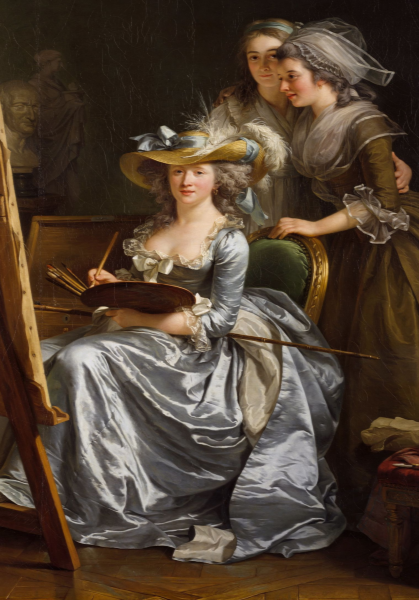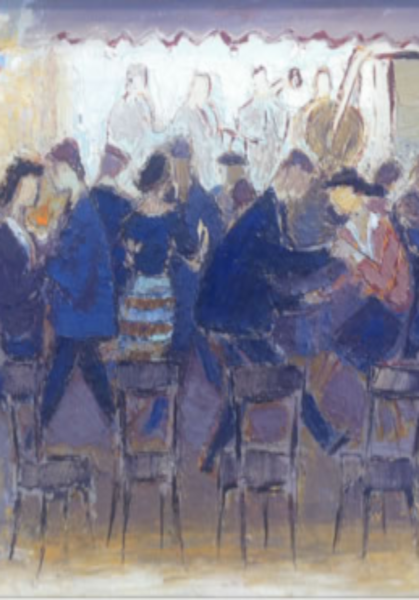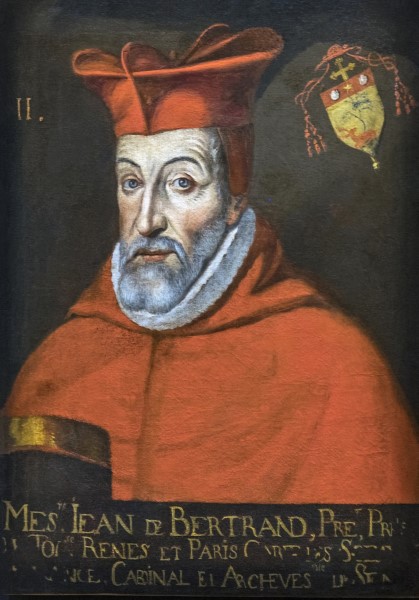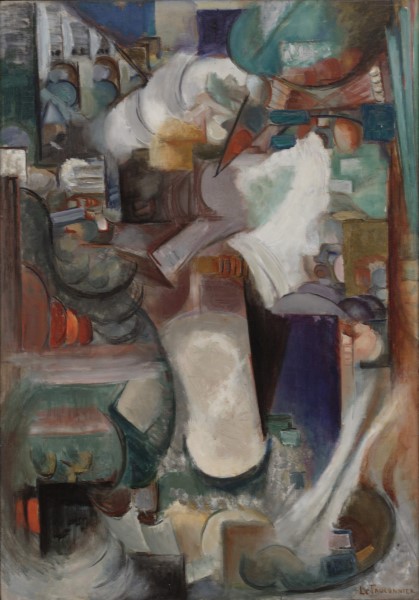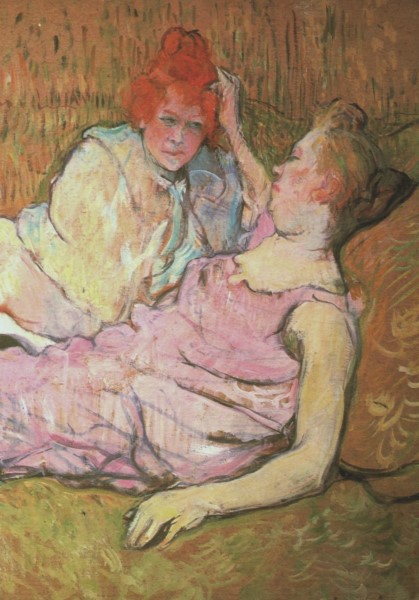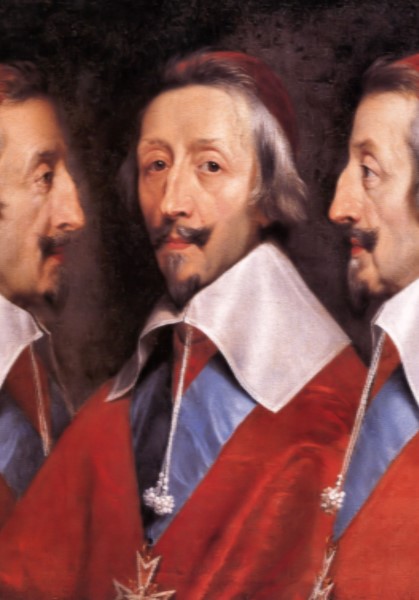Malcolm Crook, Keele University
The first panelist in the Napoleon Forum is Malcolm Crook, Professor of French History at Keele University. Dr. Crook’s publications include Toulon in war and revolution : from the ancien régime to the Restoration, 1750-1820 (Manchester and New York: Manchester University Press and St. Martin’s Press, 1991); Elections in the French Revolution : an apprenticeship in democracy, 1789-1799 (Cambridge: Cambridge Univ. Press, 1996); and Napoleon Comes to Power: Democracy and Dictatorship in Revolutionary France, 1795-1804 (Cardiff: Univ. of Wales Press, 1998). He is currently working on the development of electoral culture in nineteenth-century France, which will encompass the elections and plebiscites of the Napoleonic period.
_________________________________________________________________________
It is hard to shake off the myths surrounding the events of November 1799 by which Napoleon Bonaparte came to power. The approach of the bicentenary is already prompting their repetition: France was devastated by a decade of Revolution, led by colourless and corrupt politicians, and yearning for the arrival of a saviour, who was received with open arms by a despairing people. It is not only in student essays that such sentiments are expressed. I want to suggest three ways of interrogating the Bonapartist narrative of events, conveyed in official proclamations that were issued as soon as the coup was completed. First, the Directory, the regime that was overturned, had rather more to offer than the poor image propagated by its successors would have us believe. Second, the coup of Brumaire nearly miscarried on its second day, though unforeseen difficulties rebounded to Bonaparte’s advantage by involving the military more than intended. And third, the consolidation of the general’s authority was not achieved either rapidly or smoothly, but through a gradual process of repression and reconciliation.
Although its positive aspects have yet to make much impact at textbook level, the Directory was clearly a much more creative regime than is usually realised. Besides underlining achievements in the administrative or financial realms, recent research has brought to light a good deal of innovation. The pendulum did not simply swing back towards the early 1790s, for the politicians who remained in office from the Convention continued to explore ways to found a new order, not least by their endeavours to entrench republican institutions. Their efforts over four years, pursued in extremely difficult circumstances, were fruitful if not always successful. This was especially true in the sphere of political culture.
Whilst it has usually been viewed as a post-revolutionary retreat from the commanding heights of the Year II, the Directory was a broadly based republican regime. The male, taxpaying franchise encompassed some five million Frenchmen, of whom a million were eligible to serve on the departmental electoral colleges which chose national deputies. Elections remained indirect, but legislative contests took place each year. There was a brief experiment with declared candidates, a fair measure of press freedom was permitted and a few glimmers of pluralistic politics can be discerned during this period. Indeed, in the Year VII (1799), the outcome of the electoral process was for once endorsed, rather than overturned, and measures were in hand to ensure the more orderly operation of elections in future. Voter turnout was not high, but there was no reason to suppose it was in terminal decline. It was Bonaparte’s seizure of power that decisively removed any further opportunities for development along more liberal lines.
Ironically it was Bonaparte himself who contributed to the crisis which brought the Directory crashing down, since the military reverses of 1799 were provoked by his adventurism in the Middle East. The Second anti-French coalition not only threatened the invasion of France, which in turn provoked a recrudescence of internal unrest. It also convinced many, more recently elected, deputies at the legislative Councils that a revision of the Constitution of 1795 was the only alternative to Jacobin terror or royalist restoration. Of course, when Sieyès began to plot this course Bonaparte was bogged down in the desert sands of Egypt and the general’s unanticipated return in September was certainly not welcomed by the former priest turned statesman. Yet Bonaparte’s role was intended to be a subordinate one, since it was planned to persuade the two legislative Councils to yield up power voluntarily to a revisionary commission, rather than force them to do so.
Early on the morning of 18 Brumaire VIII (9 November 1799 according to the old calendar) the deputies were duly encouraged to decamp to Saint-Cloud, to the west of Paris. So far, so good. It was the following day, 19 Brumaire, that was the crucial one, for by then the element of surprise had been lost. Many Council members saw through the unfounded threat that had led to their transfer out of the capital and began to suspect they had been led into a trap. As the deputies remonstrated, so Bonaparte lost his composure and stormed into the chambers, to convey a few ‘home truths’. In fact, he only exacerbated the growing resistance he encountered there. When Bonaparte was assaulted in the Council of Five Hundred he almost fainted (contrary to Bouchot’s famous depiction of the scene, which shows the general maintaining his sang froid) and it was brother Lucien, a deputy in the Council, who saved the day by calling upon the troops to defend their leader. No wonder subsequent accounts sought to emphasize the orderly 18 Brumaire rather than the almost disastrous 19 Brumaire. The elision of the latter is complete, for history only makes reference to the former date.
The recourse to military force to overcome the protesting politicians only served to strengthen Bonaparte’s hand when order was restored. He cashed in on his enhanced role in the events to determine the character of the new constitution that was rapidly drawn up. One French historian has rightly referred to the many coups of Napoleon, since the way in which he imposed his own solution to the post-Brumaire outcome may be described as a coup within the original coup hatched by Sieyès. Bonaparte declared his refusal to be ‘the man of any party’. In practice this meant that when he nominated himself as First Consul in the three-man Consulate that emerged in December 1799, he was rendering himself a dictator. The short and obscure Constitution of the Year VIII set the tone for a regime in which government decrees would decide how broad legislation was actually interpreted. It was significant that the Declaration of Rights was dropped from this fourth constitutional charter of the revolutionary decade and that references to liberty and equality became increasingly perfunctory.
None the less, the success of the emergent Bonapartist order was by no means a foregone conclusion. The events of Brumaire were deeply ambiguous and could be read in different ways. The Directory found few defenders, even among its own personnel, many of whom sent congratulatory addresses to Paris. Yet if there was agreement that change was needed to end the uncertainty of the revolutionary decade, the basis of the post-revolutionary order remained in dispute. In some areas there was relief among radical groups that the Republic had been saved, while in others royalists assumed that a restoration was imminent. Above all, there was widespread apathy, neither enthusiasm nor opposition, for few perceived more than just another coup taking place in the depths of a severe economic crisis.
The vote or ‘plebiscite’ to which the new constitution was put (like its two predecessors in 1793 and 1795) revealed indifference if not much outright hostility. Yet the regime declared that some three million Frenchmen had expressed an opinion in favour of the new order and this fraud has only recently come to light. It was once again Lucien who rushed to his brother’s assistance when it became obvious that the returns were disappointing and that the figures would be inferior to those recorded in 1793, if not 1795. By effectively doubling the number of votes cast in yet another ‘coup’, the regime imposed authority from above on the basis of minimal confidence from below. It would take victory on the battlefield, notably at Marengo in June 1800, some severely repressive measures against lawlessness, and a healing of the rift with the Catholic church, via the Concordat of 1801, to produce a greater degree of popularity. This was subsequently reflected in a strong turnout in the more genuine plebiscitary returns of 1802 on the Life Consulate.
The so-called ‘revolution of 18 Brumaire’ must thus be set in a broad context in order to demystify the Bonapartist legend. There were alternatives available in 1799 which have not been adequately explored because Bonaparte’s news management was so effective. The coup itself was far from being a neat surgical operation. Above all, engineering the post-revolutionary regime was to prove a protracted matter. A great deal of attention has been paid to how revolutions begin, but relatively little to how they are brought to an end. As even Napoleon was to discover, the latter is rather more difficult than the former. He was gradually able to fulfill the promise he made on the morrow of Brumaire that ‘the Revolution is over’, yet only at the expense of abandoning much of the political acculturation of the 1790s. However, his authoritarian solution was no more enduring and efforts to combine freedom with stability would continue during the century that followed.
Copyright 1999 H-France and Malcolm Crook





